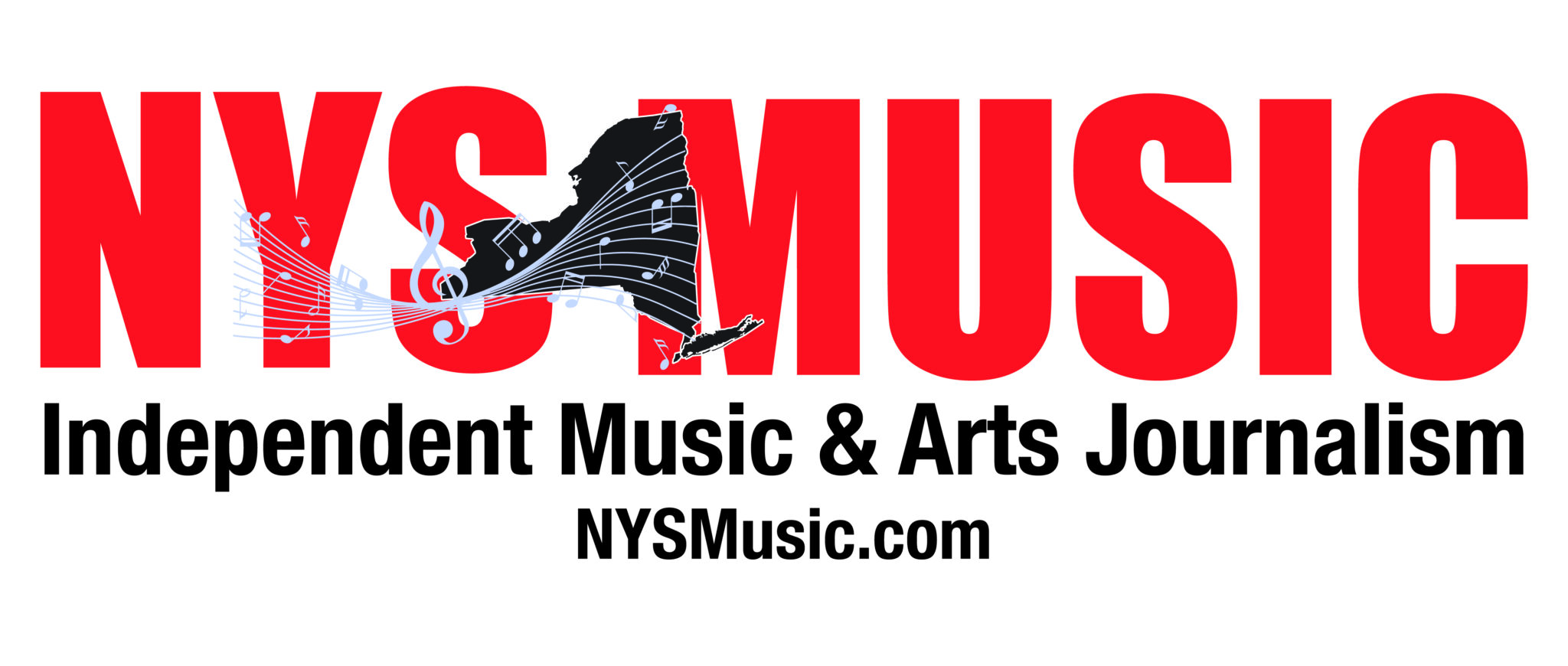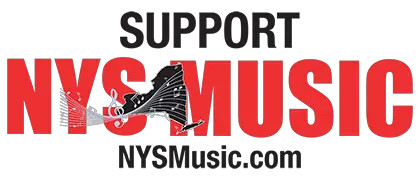For the past quarter century, a trio of future-forward NYC-based musicians have been deftly navigating the boundaries between King Tubby-style dub, Delta Blues, electronica, 70s-styled jazz fusion, metal, ambient, noise- and progressive-rock to the delight of discerning audiences and delighted critics alike. On Saturday, December 7, this triumvirate, Harriet Tubman, provided a 90-minute set of unparalleled sonic and melodic creativity for the culmination of the latest season of soul-stirring concerts at Poughkeepsie’s Cunneen-Hackett Arts Center curated by Elysium Furnace Works.

Harriet Tubman was formed 25 years ago by some of the most versatile and ferocious players on the scene: guitarist/vocalist Brandon Ross (Cassandra Wilson, Lounge Lizards), bassist Melvin Gibbs (Decoding Society, Henry Rollins), and drummer JT Lewis (Sonny Sharrock, William Parker, Whitney Houston). They take their moniker from Harriet Tubman, an African-American woman born into slavery who was renowned as a liberator of other slaves who, like she, chose to seek freedom by escaping to the North. She accomplished this with the help of a secret network of safe houses, or “stations,” on what was known as “The Underground Railroad.” Together, the trio has waxed five critically acclaimed albums, including I Am A Man (1998), Ascension (2011), and their latest, The Terror End of Beauty (2018).
Many of the original compositions performed commence with tightly structured melodic heads before departing for improvisations that venture into noisy, fierce dissonance. But for all the stylistic departures and daring atmospherics, the underlying melodies and phrasing are a mournful and beautiful blue. Maybe like Hendrix’s Band of Gypsys, a favorite comparison often pulled up by critics, Harriet Tubman is a blues band in disguise – a genuinely original one unchained from the 12-bar, 1-4-5 form, one completely abetted rather than undermined by the technology they wield.

In his work with vocalists like Cassandra Wilson and Jewel and his excellent solo discs like Costume (2004), Ross is coveted for his delicate acoustic guitar work. In Tubman, he is unleashed and fully electrified. He’s most often the one creating the backdrop, with washes of gentle chording and loops that serve as the sonic undercurrent for Tubman’s tunes. Then he turns his Fender Twin to 11 and stomps on his numerous distortion pedals, filters and wah-wah to conjure soaring solos that square the root of Hendrix, Sonic Youth, saxman Albert Ayler, and another great avant-garde guitarist of a generation only slightly before, Michael Gregory Jackson.
Once called the “egg in the meatloaf” by his one-time band leader, the late Ronald Shannon Jackson, Gibbs’s bass playing is as solid and rootsy as it comes. He uses his five-string fed through a massive Ampeg speaker cabinet to provide rib-shaking sub-harmonic riffery. These are usually unadorned and repetitive four to five-note lines that anchor the band. However, much of the uniqueness of the Tubman sound comes when Melvin stretches the limits of the bass. His lines are often heavily distorted and looped, and he frequently holds down the harmony for the band with his chording on tunes like “Farther Unknown.” On several, Gibbs was the main texture, laying down his repetitive echoed drenched textures, often with a string generator, over which he laid down furious sheets of sound solos.

Drummer Lewis provided an adept circle of rhythm to keep the trio firing on all cylinders. But what may be most impressive is his restraint. Several times in the set, JT just sat out completely, adding a more intimate dimension for the duet and interplay created by his guitarist and bassist.
Standouts in the set were the aforementioned “Farther Unknown” and “Green Book Blues,” the latter is a nod to the famous travel guide written in the 1930s that helped African-American road trippers get safely from one place to another. This tune included a great deal of melodic tension, with a cool reverse-delay effect on Ross’s guitar during his fuzzy, screamy solo providing a ghostly ambience.
The trio offered up an excellent take on the bluesy ballad, “Where We Stand,” from their acclaimed 1998 debut disc, “I Am A Man.” Ross’ melody evolves slowly, with subtle volume swells, over Lewis’ chattered cymbal work. It was an unhurried purple lament, a sad lullaby with spacey overtones. A higher energy approach came to the fore with “Adapted,” the set opener also from their debut disc, and “The Terror End of Beauty” the title track of their latest album.

After a brief flowing intro, “Adapted” kicked in, driven by a strong, kind of prog-rock, odd meter beat by Lewis and Gibb’s busy percolating bass. Ross’s solo was brisk, leaning on blues and chromatic side-stepping smears. This tune showcased JT’s deft drumming, with his building to numerous crescendos introduced with tight rolls to fire Ross’ soloing. “The Terror End of Beauty” was introduced as a tribute to the late avant-garde guitar pioneer Sonny Sharrock. An evocative climbing and descending minor chordal pattern played by Gibbs devolves into a fierce noise extravaganza, one that was pure Sharrock and made a Sonic Youth rave-up sound like Yacht Rock. Noise and dissonance led to even more furious strumming and, finally more dark, unnerving majesty when Ross, like Sonny, employed a slide and some furious fist bashing and atonal tapping on his guitar.
Seeing a healthy crowd support this kind of exploratory music in the Hudson Valley was heartwarming. Some audience members even traveled up from the Big Apple for this event. James Keepnews and Mike Faloon, the duo behind event curator Elysium Furnace Works, should be commended for their dedication to bringing “vanguard artists” like this immensely talent trio to our area.


Comments are closed.